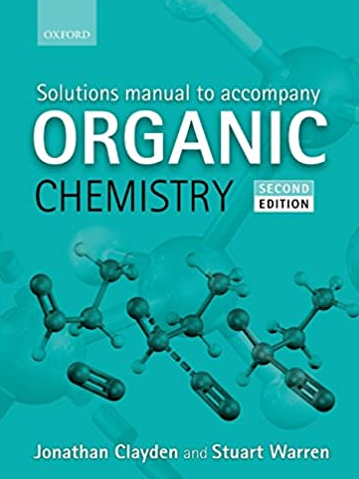Inorganic Structural Chemistry 2nd Edition by Ulrich Muller, ISBN-13: 978-0470018651
[PDF eBook eTextbook]
- Publisher: Wiley; 2nd edition (November 10, 2006)
- Language: English
- 280 pages
- ISBN-10: 0470018658
- ISBN-13: 978-0470018651
Inorganic Structural Chemistry describes the structural principles of inorganic molecules and solids using traditional concepts as well as modern approaches. It includes the systematic ordering of the recognized structure types, relationships amongst them, and the link between structure and properties.Contents include:
- how to describe chemical structures
- symmetry
- phase transitions and phase diagrams
- the interplay of chemical bonding-energy-structure
- factors governing the structure of ionic compounds, molecules and metals
- chemical bonding in solids – band theory
- structure of the elements
- structural principles of polyanionic, polycationic and cluster compounds
- sphere packings in metals and compounds
- solid state structures seen as arrays of linked polyhedra and as sphere packings with occupied interstices
- symmetry as an ordering principle of crystal structures
- physical properties of solids
- nanostructures
In this second edition of this popular textbook, the text has been revised and new scientific findings have been taken into consideration. For example, many recently discovered modifications of the elements have been included, most of which occur at high pressures. Particular attention is given to the treatment of symmetry throughout the book. New sections deal with quasicrystals and other not strictly crystalline solids, with phase transitions and with the electron localization function. There is a new chapter on nanostructures.
This series reflects the pivotal role of modern inorganic and physical chemistry in a whole range of emerging areas, such as materials chemistry, green chemistry and bioinorganic chemistry, as well as providing a solid grounding in established areas such as solid state chemistry, coordination chemistry, main group chemistry and physical inorganic chemistry.
Ulrich Müller. Born in 1940 in Bogotá, Colombia. School attendance in Bogotá, then in Elizabeth, New Jersey, and finally in Fellbach, Germany. Studied chemistry at the Technische Hochschule in Stuttgart, Germany, obtaining the degree of Diplom-Chemiker in 1963. Work on the doctoral thesis in inorganic chemistry was performed in Stuttgart and at Purdue University in West Lafayette, Indiana, in the research groups of K. Dehnicke and K. S. Vorres, respectively. The doctor’s degree in natural sciences (Dr. rer. nat.) was awarded by the Technische Hochschule Stuttgart in 1966. Subsequent post-doctoral work in crystallography and crystal structure determinations was performed in the research group of H. Bärnighausen at the Universität Karlsruhe, Germany. Appointed in 1972 as professor of inorganic chemistry at the Philipps-Universität Marburg, Germany, then from 1992 to 1999 at the Universität Kassel, Germany, and since 1999 again in Marburg. Helped installing a graduate school of chemistry as visiting professor at the Universidad de Costa Rica from 1975 to 1977. Courses in spectroscopic methods were repeatedly given at different universities in Costa Rica, Brazil and Chile. Main areas of scientific interest: synthetic inorganic chemistry, crystallography and crystal structure systematics, crystallographic group theory. Co-author of Chemie, a textbook for beginners, Schwingungsspektroskopie, a textbook about the application of vibrational spectroscopy, and of Schwingungsfrequenzen I and II (tables of characteristic molecular vibrational frequencies); co-author and co-editor of International Tables for Crystallography, Vol. A1.
What makes us different?
• Instant Download
• Always Competitive Pricing
• 100% Privacy
• FREE Sample Available
• 24-7 LIVE Customer Support




Amelia Howard (verified owner) –
Everything was perfect—quick, easy, and fast delivery.